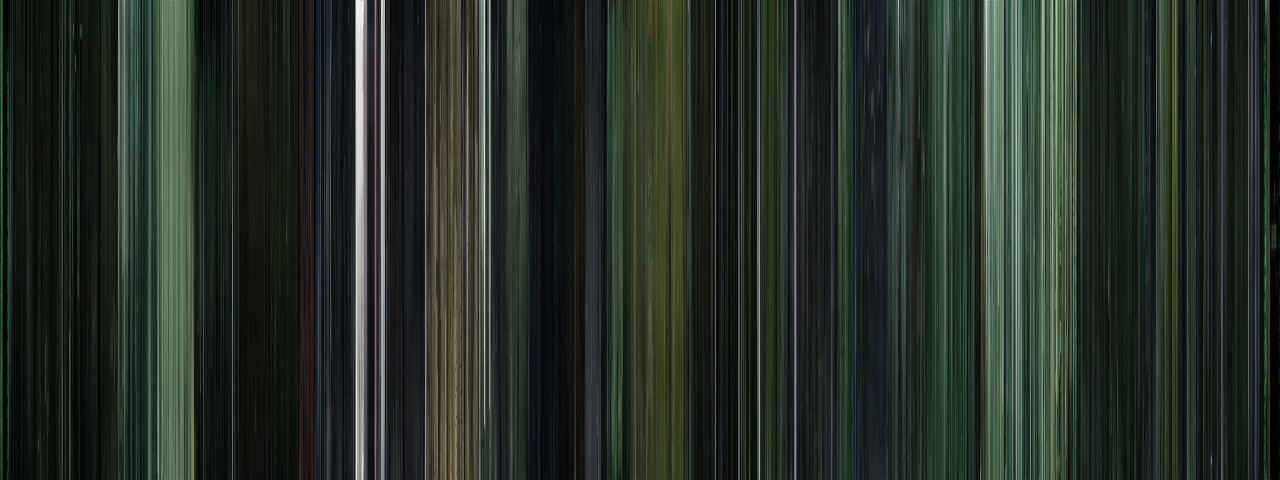Of course I could have both but I wanted a certain consistency to extend through the series. Unlike many of my peers my roots in photography began in a darkroom. I shot on 35mm black and white film for the first two years before I switched over to digital. Because of this I tend to lean towards black and white over color in many of my photo editing decisions. The lack of color in many cases makes some of the photos more tangible to me. The image is less distracting and focus is more on the subject. Especially in portraits. My usual plan is to look at the un-edited photo with and without color. If I feel that the color doesn't add anything to the photo then it becomes black and white.
In the film world of today I feel as if we are seeing less and less black and white films and even less television without color. With newer cameras expanding dynamic range and colorspace at an alarming rate, black and white seems to many people an unviable option. In certain cases its seen as cliche or "retro". I disagree with these statements but I agree that b&w in video is much more of a difficult decision than in photography. In the end it comes down to the decision of the director and what you think will best help tell your story. Choose wisely.
Released in 2013 Ida was an Oscar nominated film in the Best Achievement in Cinematography category
These are some of the photos in my upcoming series.






